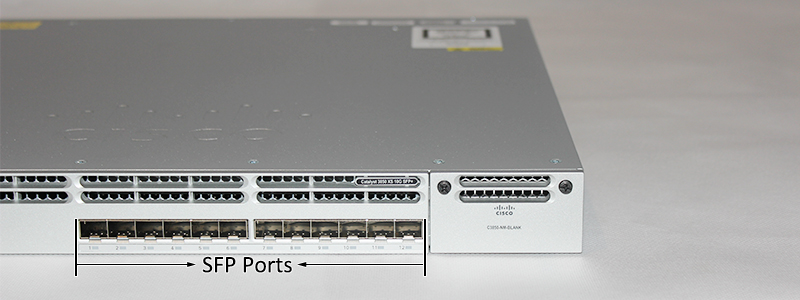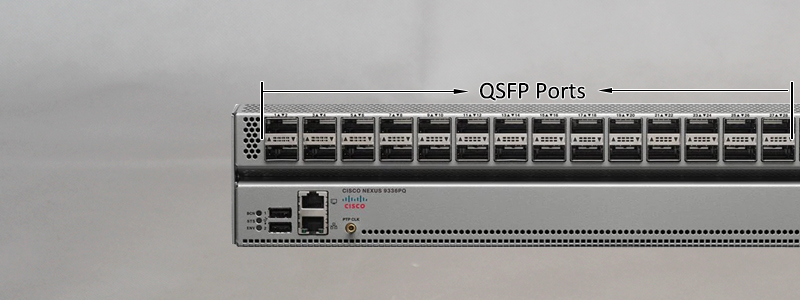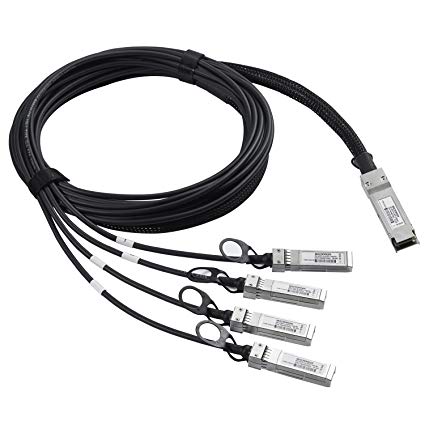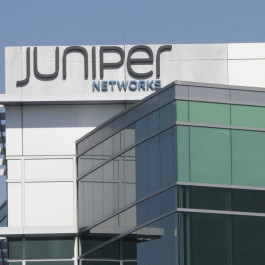
The small form-factor pluggable (SFP) is a compact, hot-pluggable network interface module used for both telecommunication and data communications applications. We always see them in those SFP slot of routers, switches, and others.
Both of SFP and QSFP have the similar name “SFP”. It means that they have similar functions. Quad Small Form-factor Pluggable (QSFP) transceivers are available with a variety of transmitter and receiver types, allowing users to select the appropriate transceiver for each link to provide the required optical reach over multi-mode or single-mode fiber. QSFP was created to meet the market demand for higher density, high speed pluggable solutions. This 4-channel pluggable interface has a transfer rate of 40Gbps.
In this article, I am going to introduce some types of SFP and QSFP.
SFP has five types:
(1) 1 Gbit/s SFP
1 Gbit/s SFP also provide these sub-types:
1 Gbit/s multi-mode fiber, LC connector, with black or beige extraction lever
1.25 Gbit/s multi-mode fiber, LC connector, extraction lever colors not standardised
1 to 2.5 Gbit/s single-mode fiber, LC connector, with blue extraction lever
1 Gbit/s for copper twisted pair cabling, 8P8C (RJ-45) connector
(2) 10 Gbit/s SFP+
The enhanced small form-factor pluggable (SFP+) is an enhanced version of the SFP that supports data rates up to 16 Gbit/s.
(3) 25 Gbit/s SFP28
SFP28 is a 25 Gbit/s interface which evolved from the 100 Gigabit Ethernet interface which is typically implemented with 4 by 25 Gbit/s data lanes.
(4) cSFP
The compact small form-factor pluggable (cSFP) is a version of SFP with the same mechanical form factor allowing two independent bidirectional channels per port.
(5) SFP-DD
The small form-factor pluggable double density (SFP-DD) multi source agreement is a new standard for doubling port density.

QSFP also has five types:
(1) 4 Gbit/s QSFP
The original QSFP document specified four channels carrying Gigabit Ethernet, 4GFC (Fiber Channel), or DDR InfiniBand.
(2) 40 Gbit/s QSFP+
QSFP+ is an evolution of QSFP to support four 10 Gbit/sec channels carrying 10 Gigabit Ethernet, 10GFC Fiber Channel, or QDR InfiniBand. The 4 channels can also be combined into a single 40 Gigabit Ethernet link.
(3) 50 Gbit/s QSFP14
The QSFP14 standard is designed to carry FDR InfiniBand, SAS-3 or 16G Fibre Channel
(4) 100 Gbit/s QSFP28
The QSFP28 standard is designed to carry 100 Gigabit Ethernet, EDR InfiniBand, or 32G Fibre Channel. Sometimes this transceiver type is also referred to as “QSFP100” or “100G QSFP” for sake of simplicity.
(5) 200 Gbit/s QSFP56
QSFP56 is designed to carry 200 Gigabit Ethernet, HDR InfiniBand, or 64G Fibre Channel.

Tip: Can 40G QSFP connect with 10G SFP+?
Use an 8-core MTP to LC fiber patch cord to connect 40G QSFP+ with four 10G SFP+ directly. Four LC duplex connectors are required, and this direct connection scheme is generally suitable for use in short range transmissions. For example: Cisco QSFP-4SFP10G-CU5M, QSFP+,4SFP+10G, High Speed Direct-attach Cables.

Learn More:
Features and Benefits of Cisco 25G, QSFP and QSFP28 Modules
Info: https://en.wikipedia.org/wiki/Small_form-factor_pluggable_transceiver






